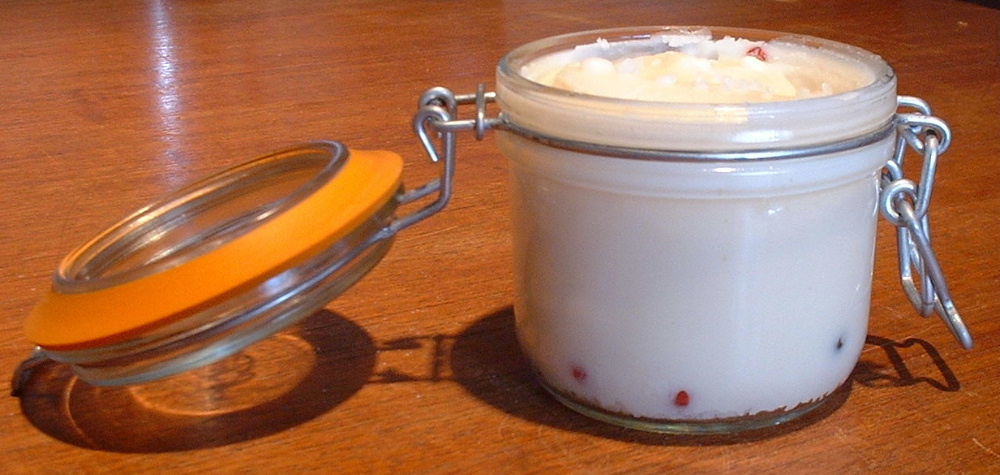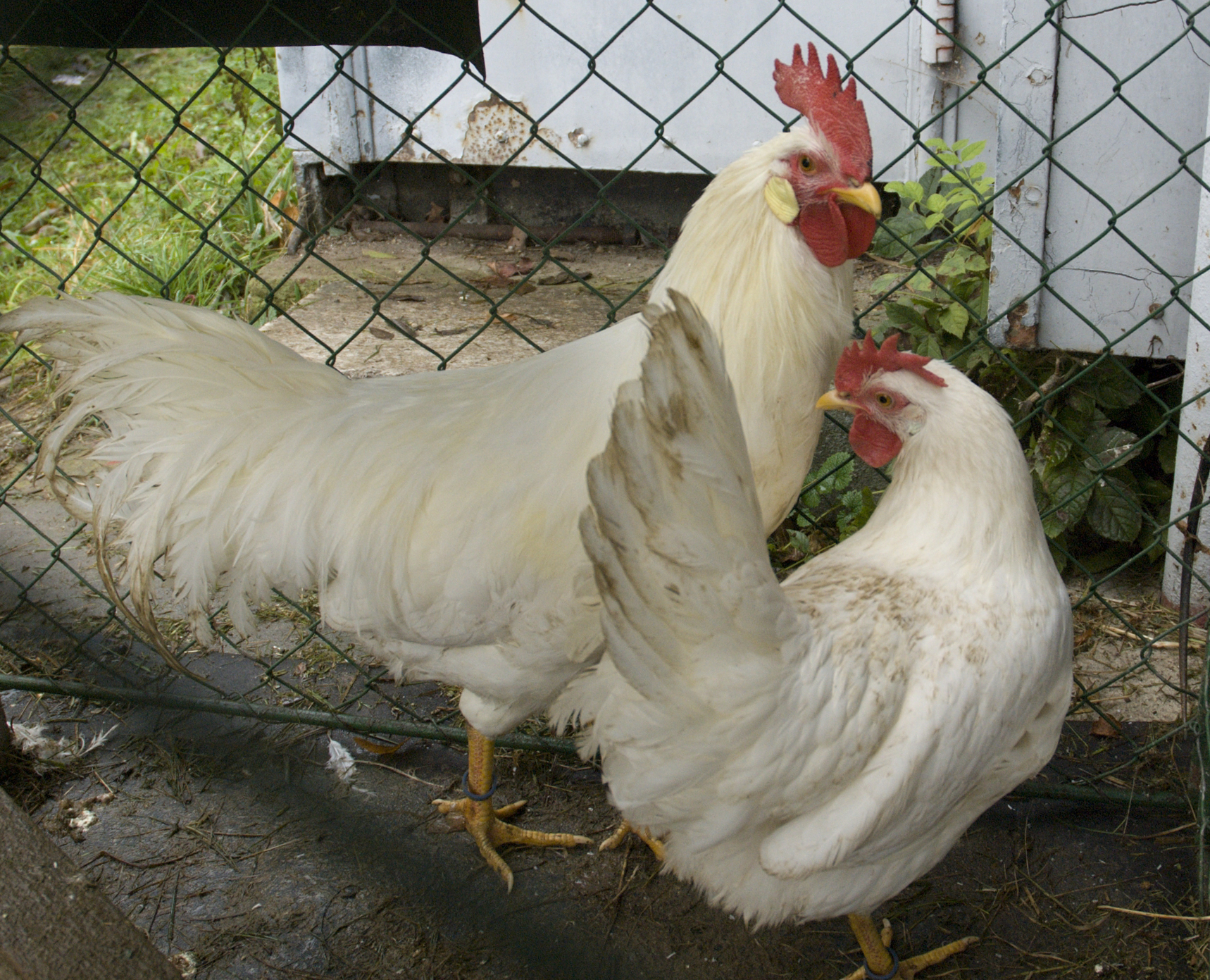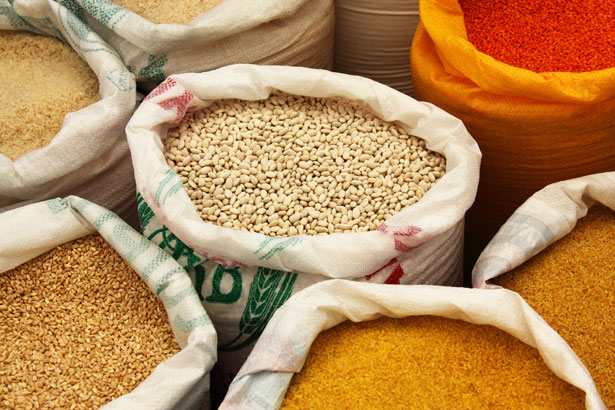Tips for Saving Seeds
Seed storage seems like it should be simple, but it’s actually more involved than you might think. After all, you don’t want your seeds to germinate while they’re in storage. With proper storage, though, a good collection of heirloom seeds could help you grow a full garden, complete with all of the fruits and vegetables … Read more







